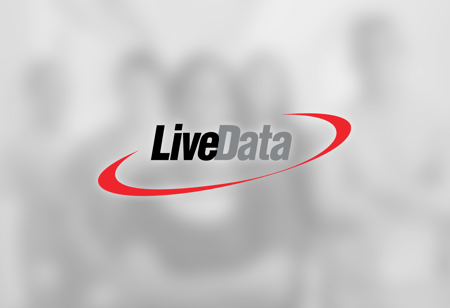Competency-Based Medical Education: Training Better Doctors

The article you are about to read was published before October 5, 2023, when LGI Healthcare Solutions was still named "Logibec". It is therefore possible that the text or certain images refer to the company's former branding, as well as the former naming of our solutions. Thank you for understanding.
CBME is an outcomes-based approach to medical education, which has replaced an outdated time-based approach.1 [CanadiEM, pg 2] The goal of CBME is to create physicians who are able to meet the needs of today’s complex healthcare environment where healthcare systems and patient care needs are changing dramatically.2 [Ross, pg 1,2] It is a flexible and modern style of learning that has greatly benefited the Canadian health care system during the COVID-19 pandemic, as outlined in a previous post.
CBME focuses on four foundations:1 [CanadiEM, pg 2]
- Focusing education on patient outcomes
- Emphasizing learner abilities
- De-emphasizing time-based learning
- Increasing individualized trainee plans for the learner
Residents are more closely monitored and assessed by faculty—they progress once they have demonstrated competency.3 [Queen’s University - Better training, p. 1]
The Benefits of CBME for Residents
CBME takes advantage of technology, allowing for an improved educational experience for residents in many ways:4 [Queen’s University_How CBME Works, pg 3]
- Individualized Learning: Residents will receive more supervision, assessment, and mentorship
- Increased Flexibility: Residents who are moving at an accelerated pace have the ability to explore electives and research
- Innovative Assessments: New electronic assessment systems featuring personalized portfolios, competency-based assessment tools, and increased frequency of assessments
- Meaningful Feedback: Residents will get real-time feedback utilizing mobile technology
- Preparedness for Practice: It is anticipated that residents will sit for their final examinations six months to one year earlier than usual
“CBME has also allowed me to target specific skills most relevant to my chosen career path. For example, knowing that I want to become a palliative care specialist, one of my supervisors sought opportunities to evaluate me and provide feedback on specific skills related to the specialty." – Dr. Julia Tai, Internal Medicine resident3 [Queen’s University - Better training, pg 3]
The Benefits of CBME for Patients5 [Queen’s University_What does CBME mean to you?, pg 1,2
- Patient-centered care: Resident training is much more focused on patient care
- Resident assessments: The patient may be able to contribute to their resident’s assessments
- Physician accountability: Greater accountability for patient care due to improved documentation and real-time assessments
The Benefits of CBME for Faculty5 [Queen’s University_What does CBME mean to you?, pg 2]
- Real-time assessments: Resident’s are assessed real-time during clinic
- Learner-driven: Assessments and summary reports allow residents to take responsibility for their own progress
- Well-defined learning outcomes: Entrustable professional activities and milestones provide discrete markers of competence
- Focus on observable competencies: Achieving milestones is a measure of progress and a lack of achieving specific milestones allows faculty to focus on the area where help is needed
“As doctors ourselves, we want to ensure future doctors receive the best possible training and ensure their patients receive the best possible care. We recognized that this training model would increase transparency and accountability for our residents, and situate our school and our faculty members as Canadian and international leaders in medical education. Now that it is launched, we are in a position to help other schools make the same transition.” – Richard Reznick, Dean of the Faculty of Health Sciences, Queen’s University3 [Queen’s University - Better training, pg 2]
The Benefits of CBME for Society5 [Queen’s University - What does CBME mean to you?, pg 2]
- Better served: Fulfills medicine’s societal contract to serve patients and communities
- Better focus: Focus on skills such as professionalism, communication, and health advocacy
- Meets health care needs: Tightens gap between medical education, health care delivery, and societal health needs
Learn More by Downloading our Webinar
Do you play a role in implementing and improving competency-based medical education programs? We encourage you to download our recorded webinar, Mitigating the Challenges of CBME: The Need for the Right Platform, to learn how you can leverage technology to drive positive change in medical education.





